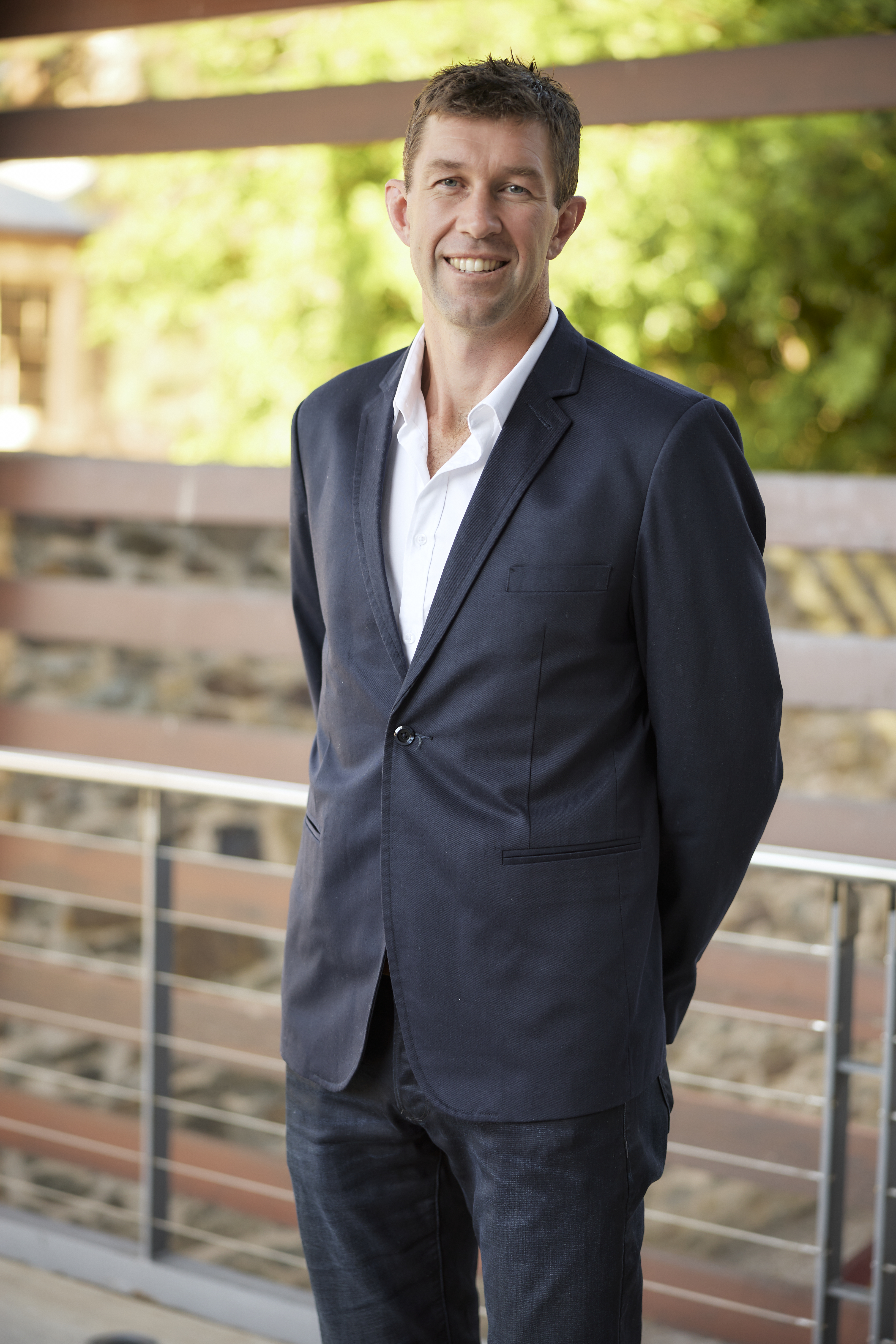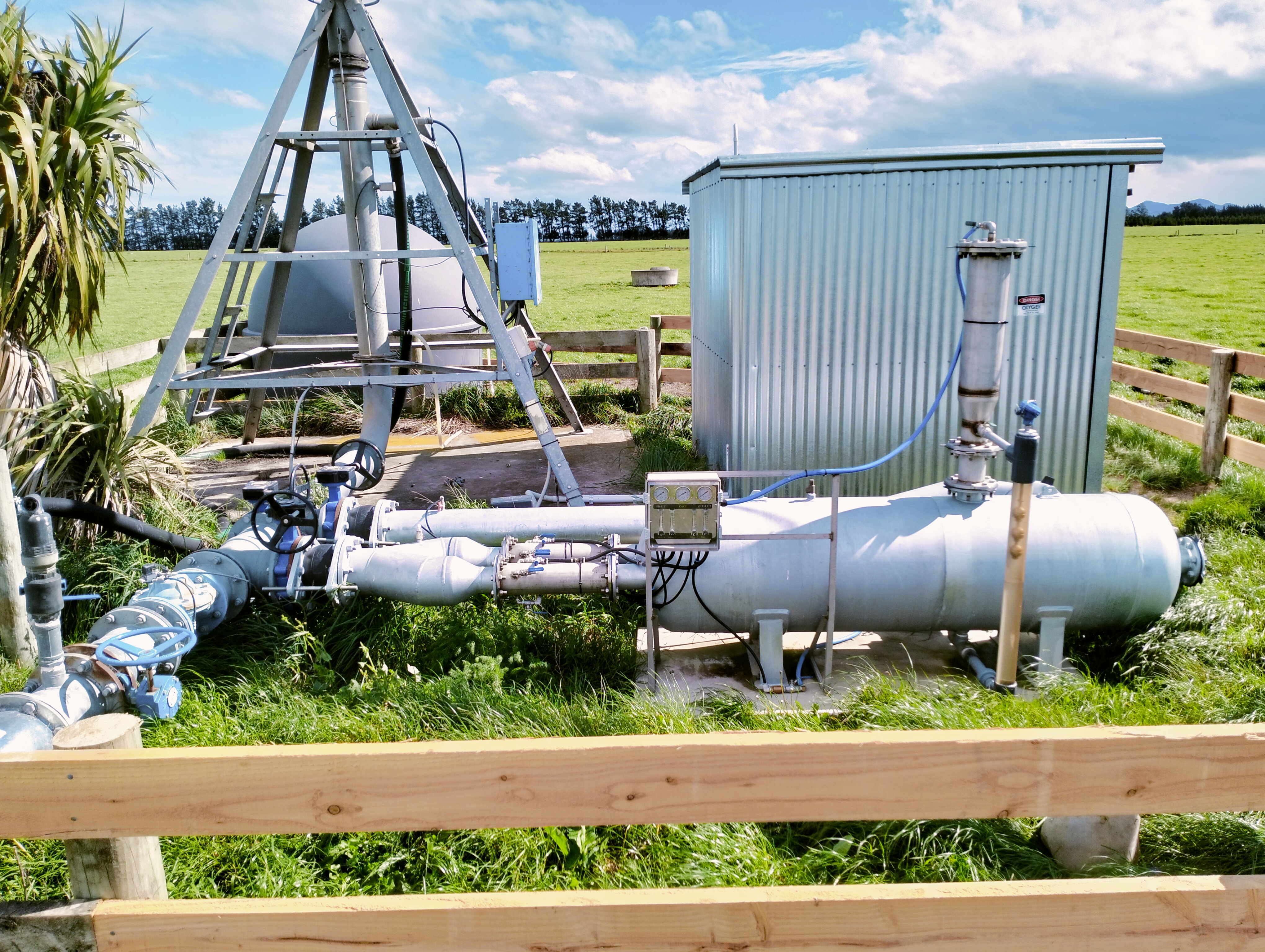Tiny bubbles, big results

In the face of increasing droughts and water scarcity, dairy farmers are turning to innovative solutions to keep their farms productive.
Enter Nanobubble technology—a potential game-changer that could transform irrigation systems, boost pasture growth, and help farmers use water more efficiently while ensuring healthier soils and stronger crops.
Align Farms in Ashburton are three years into a trial of Nanobubble Agritech, with one centre pivot utilising the technology.
"We got involved quite early on because we felt that someone needed to give it a punt," says Align Farms chief executive Rhys Roberts.
"The number one driver of on-farm profitability is maximising home-grown feed, so if there is any technology we can utilise to grow more home-grown feed and feed less supplement, I'm supportive of that."
Nanobubble uses microscopic oxygen bubbles that stay suspended in water for longer, delivering a constant supply of dissolved oxygen to the soil.
The increased oxygenation to the plant's root zone has shown stronger root systems, improved soil structure, and improved pasture resilience to heat and stress.
The technology uses mobile drip lines, which can be retrofitted to existing systems, delivering bubbles close to the soil with the added benefit of less evaporation than traditional irrigation systems.
"If we apply 15mm of normal irrigation, you come back, and the base of the soil is visibly dry until that pivot comes back around again," Roberts said.
"Whereas with Nanobubble, we return a day later, and the soil is visibly moist."
Tests done in conjunction with Massey University showed that Nanobubble Agritech systems helped use water much more efficiently.
In the trials, fields watered with oxygen nanobubbles produced better results, even with less water, compared to fields using regular irrigation with plenty of water.
"Some of the data that came out of the Massey trial looked quite promising."
Roberts said there had been a few teething issues, but most had been ironed out.
"It's our third season, and we have had challenges with it, but none that can't be overcome."
One challenge that remains, however, is integrating the drip lines with stock across a more extensive operation, as stock can damage the system.
"We haven't had any pivots pulled over or fences ripped out; it works quite well.
"The main hurdle is how do you maintain stock around those drip lines."
Roberts said that with technology constantly evolving, a solution could be developed with technology such as cow collars.
"In the future, technology like Halter may improve it if you find a way to keep stock away from the drip line."
"I see the real big benefits being on irrigated run-off blocks where you can cut and carry feed, and there is no stock."
"It's something we want to stay at the coalface of because we believe there is potential here in some way."
Nanobubble Agritech founder and chief executive Leon Power had seen the technology used in hydroponic units in horticulture and on high-end golf courses in Australia.
With a background in dairy farming and an agriscience degree from Massey, the former professional rugby player immediately saw the potential for the technology to aid pasture growth on dairy farms.
"Golf courses were using much less water and getting bigger, healthier roots.
"So I thought, if we can get that on a golf course, why can't we do the same with dairy pasture and pivot irrigation."

Power began to develop the technology four and a half years ago, and acknowledges there are some challenges in integrating the drip lines with livestock.
"At the moment, we target farms with a good farm layout, so you can mostly keep the pivots from going through the cows."
Power describes the technology as "an insurance policy" in dry seasons.
"It's another tool farmers can use to get their water to go further and to be more efficient, and mitigate against having to buy a lot more feed in to get through dry periods."

Henderson Farms, owned by Cam Henderson in Oxford, is the first farm to implement the system at scale with impressive results and is the farm's second year with nanobubble irrigating 100 acres of pasture.
Results showed reduced water usage by 15-20%, as the system only needed to run three out of every four days, compared to others on the farm that run 24/7.
Results also showed an increase in dry matter yield
However, with a wetter-than-average season leading to a reduction in required irrigation, Henderson said it's hard to know if the Nanobubble is responsible for the increase.
"It's difficult because it's hard to isolate, and we haven't had it running long enough, and I haven't seen any data other than just walking around the paddock.
"Empirically, things look good, but we haven't had the length of operation to get the data to back it up."
However, Henderson can be sure of increased water efficiency due to reduced evaporation with the drip lines.
"Water savings is really what we are seeing.
"We are estimating a savings of around 20%.
"We notice it on those hot, windy days when most farmers can look out the window and see irrigation water blowing side-ways, we know all our water is going straight into the soil."
By Claire Inkson
